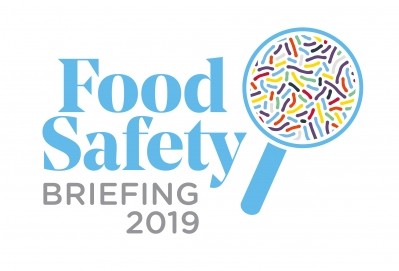Opinion
Minimise allergen risk ahead of Natasha’s Law

New legislation for labelling of allergens on ‘prepacked for direct sale’ (PPDS) food has been welcomed as a game-changer for allergenic consumers. Natasha’s Law is due to enter legislation in 2021. But while industry awaits the detail, there is a lot that can be done to pre-empt its introduction.
There has been a lot of discussion within the industry about which products should be defined as PPDS and which should not. Making clear definitions here is indeed a challenge in itself. But the big question for every food producer affected by the new legislation is whether they want to protect consumers from the risk of allergens.
Practical steps
The issue is to work out what practical steps and what procedures and systems are necessary, from the ordering of ingredients through to creating the end product, to ensure that finished product labelling is always correct.
The single biggest risk factor for consumers is if the ‘right’ product goes into the ‘wrong’ package. The same will be true for producers of PPDS foods and also for foods that don’t meet the definition of PPDS.
Welcomed and well intentioned
So, Natasha’s Law is welcomed and well intentioned, but the challenge for industry is not merely to meet the legal requirements, but to do the right thing by consumers. The awareness of staff will be an essential part of this equation, not just in training what to do, but why.
For example, when there’s an ingredient or recipe change and a stack of old labels, how do you make sure staff do not use up the old labels on the new PPDS?
When ingredients are being prepped and stored, how do you implement handling and cleaning procedures that prevent cross-contamination? And how do you ensure that staff understand and follow procedures designed to protect consumers? These are all important questions businesses should be looking to address now.















